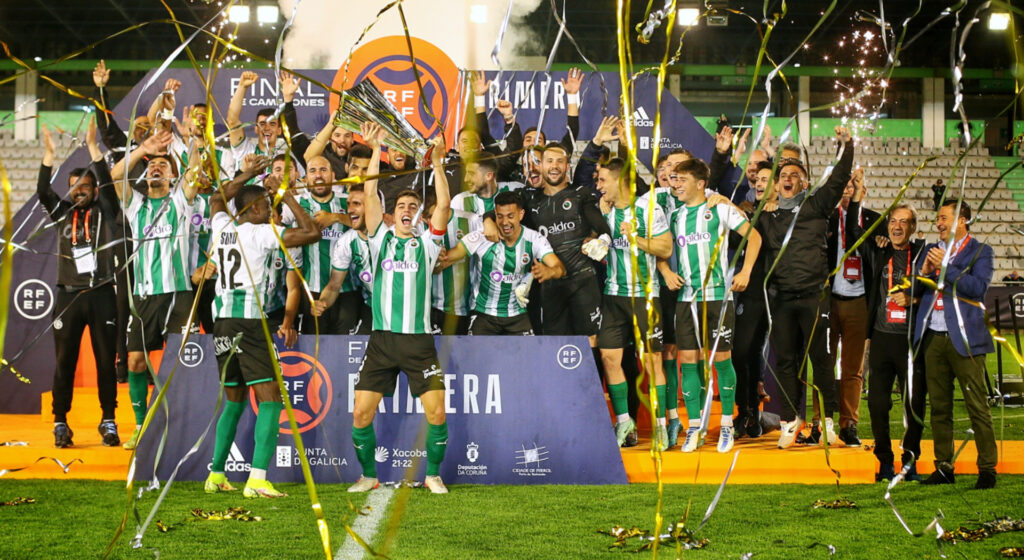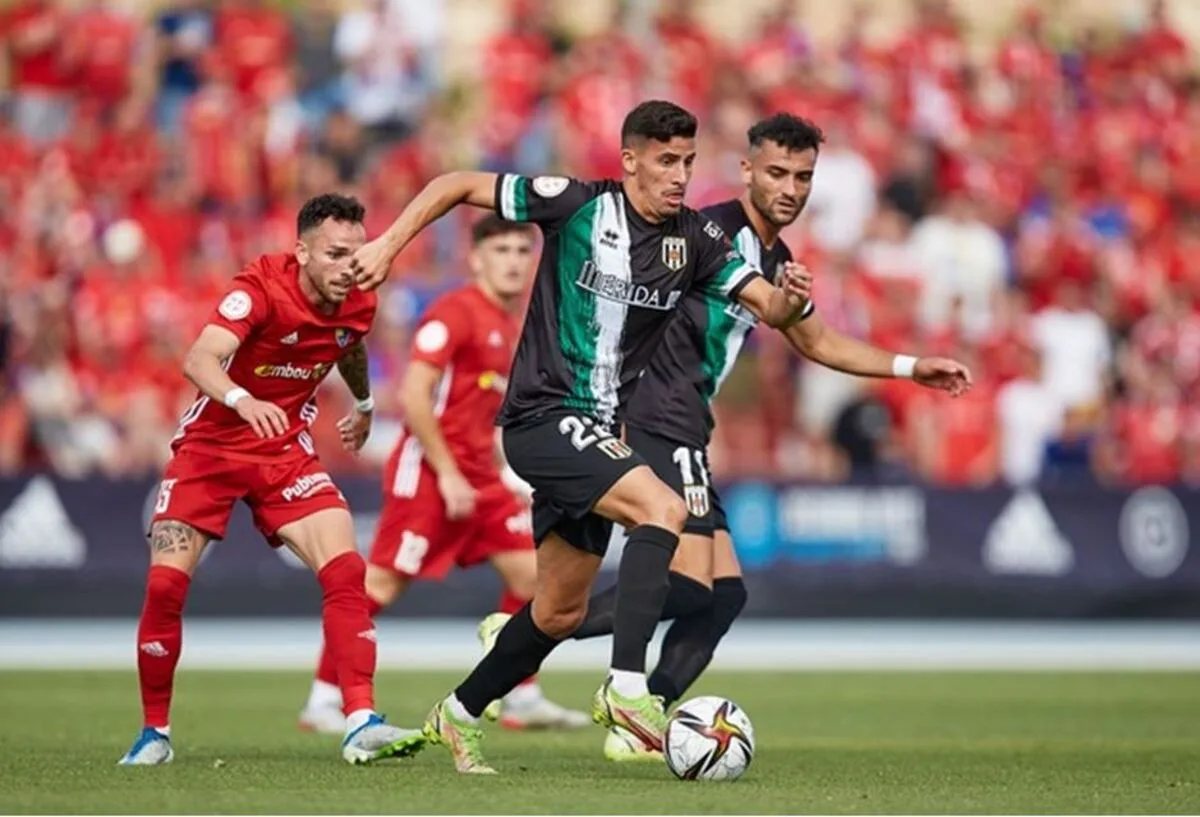Primera RFEF: The New Era of Spanish Football
The Primera RFEF (Real Federación Española de Fútbol) is the third tier of Spanish football, introduced as part of a significant restructuring of the lower leagues in Spain. This article delves into the history, structure, significance, and impact of the Primera RFEF on Spanish football, offering a comprehensive overview for football enthusiasts and casual fans alike.
Historical Context
Before the introduction of the Primera RFEF, the third tier of Spanish football was known as Segunda División B. Established in 1977, Segunda División B comprised four regional groups, each containing 20 teams. This structure remained unchanged for several decades, but the need for modernization and enhanced competition led to the creation of the Primera RFEF in 2021.
The restructuring aimed to streamline the pathway to professional football and improve the overall quality of competition. By establishing the Primera RFEF, the Royal Spanish Football Federation (RFEF) sought to bridge the gap between the professional Segunda División (second tier) and the lower regional leagues.
Structure of the Primera RFEF
The Primera RFEF consists of two groups, each containing 20 teams. These groups are divided based on geographical considerations to minimize travel expenses and promote regional rivalries. The top teams from these groups compete for promotion to the Segunda División, while the bottom teams face relegation to the Segunda RFEF, the fourth tier of Spanish football.
Promotion and Relegation
Promotion from the Primera RFEF to the Segunda División is highly competitive. The teams finishing at the top of each group earn automatic promotion, while the next four teams from each group enter a playoff to determine the final two promotion spots. This playoff system ensures that the most deserving teams ascend to the professional ranks, maintaining the integrity and competitiveness of the league.
Conversely, the bottom five teams from each group face relegation to the Segunda RFEF. This system keeps the stakes high throughout the season, as teams battle to avoid the drop and maintain their status in the Primera RFEF.
Significance of the Primera RFEF
The introduction of the Primera RFEF has had a profound impact on Spanish football, offering several key benefits:
Improved Competition
By reducing the number of teams in the third tier from 80 (across four groups) to 40 (across two groups), the Primera RFEF has increased the overall quality of competition. Teams now face tougher opponents on a weekly basis, leading to higher standards of play and greater excitement for fans.
Professionalization
The restructuring has also enhanced the professionalization of the third tier. Clubs in the Primera RFEF are required to meet stricter financial and organizational standards, ensuring greater stability and sustainability. This professional approach helps clubs prepare for the demands of higher divisions, fostering a more robust football pyramid.
Youth Development
The Primera RFEF plays a crucial role in the development of young Spanish talent. With more competitive matches and better infrastructure, young players receive invaluable experience and exposure. This nurturing environment helps bridge the gap between youth academies and professional football, contributing to the continued success of Spanish football on the international stage.

Key Clubs and Rivalries
The Primera RFEF features a mix of historic clubs, ambitious upstarts, and reserve teams of La Liga giants. Some of the notable clubs include:
Deportivo La Coruña
A former La Liga champion and UEFA Champions League regular, Deportivo La Coruña has fallen on hard times in recent years. The club’s presence in the Primera RFEF adds a touch of prestige and history to the league, as they strive to return to their former glory.
Racing Santander
Another historic club, Racing Santander, has spent several seasons in the top flight and boasts a passionate fanbase. Their matches in the Primera RFEF are eagerly anticipated, especially against regional rivals.
Barcelona B and Real Madrid Castilla
The reserve teams of FC Barcelona and Real Madrid, known as Barcelona B and Real Madrid Castilla respectively, provide a platform for young talents to develop. These teams are not eligible for promotion to the Segunda División if their senior teams are already in the top flight, but they still compete fiercely in the Primera RFEF.
Cultural Leonesa
Cultural Leonesa is another club with a rich history, having played in the Segunda División and even the top flight. Their ambition and resources make them a formidable force in the Primera RFEF.
Challenges and Future Prospects
While the Primera RFEF has brought many positive changes, it also faces several challenges. Financial stability remains a concern for many clubs, particularly those with smaller budgets. The increased competition also means that clubs must continuously invest in their squads and infrastructure to stay competitive.
However, the future of the Primera RFEF looks promising. The league’s emphasis on professionalization, youth development, and competitive integrity sets a solid foundation for growth. As clubs adapt to the demands of the new structure, the overall quality and appeal of the league are expected to rise.
Media Coverage and Fan Engagement
The Primera RFEF has also benefited from increased media coverage and fan engagement. With more matches broadcasted on television and streaming platforms, fans have greater access to the action. This exposure helps clubs attract sponsors and generate revenue, further contributing to their financial stability.
Community and Grassroots Impact
Beyond the professional realm, the Primera RFEF has a positive impact on local communities and grassroots football. Clubs often engage in community outreach programs, youth development initiatives, and social responsibility projects. This connection with the community fosters a sense of pride and belonging, enhancing the overall football culture in Spain.
Conclusion
The Primera RFEF represents a new era in Spanish football, marked by increased competition, professionalization, and opportunities for young talents. Its creation has addressed many of the challenges faced by the old Segunda División B, setting the stage for a more dynamic and sustainable football pyramid. As the league continues to grow and evolve, it promises to play a vital role in the future of Spanish football, providing excitement and inspiration for fans and players alike.






